Why Spain is a great place for kids
Choosing the city that's right for you
Choosing the visa that's right for you
More than just great weather
Why Spain provides a better quality of life
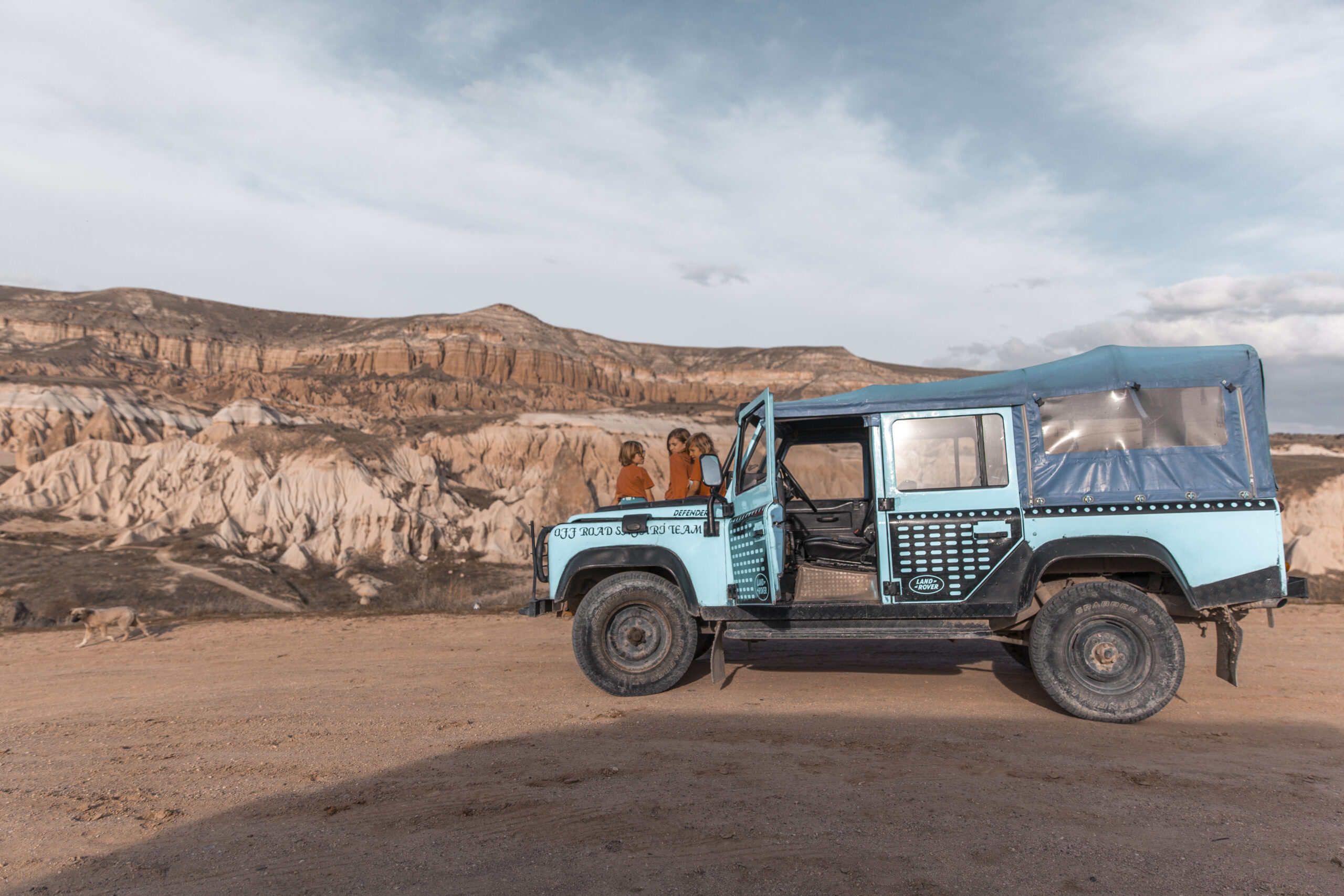
How we Plan
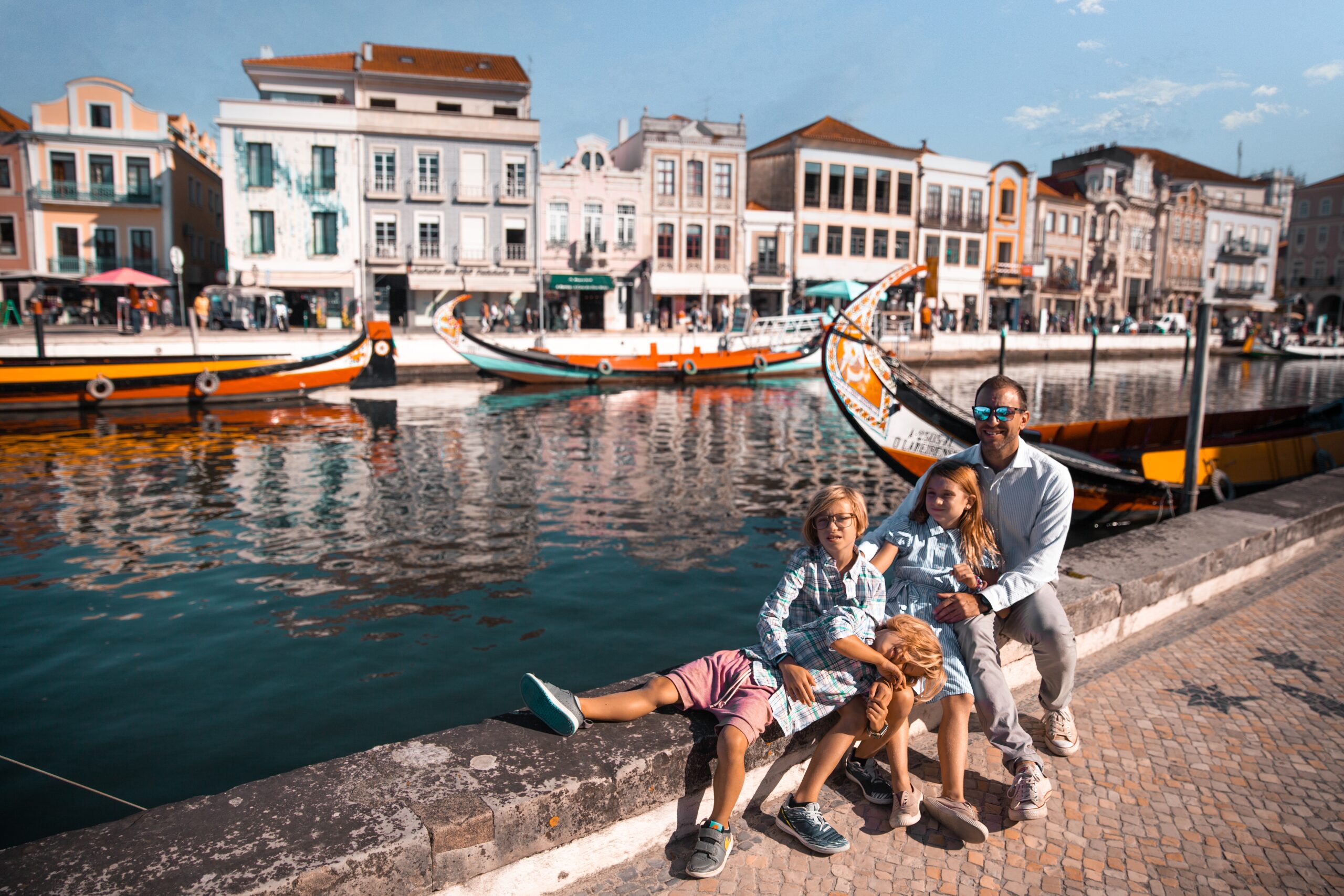
What we pack
Choosing Travel Insurance
Book Your Hotel
with Booking.com
Book Your Car
with RentalCars.com
Book Your Flight
with Skyscanner.com
Book Your Tour
with GetYourGuide.com
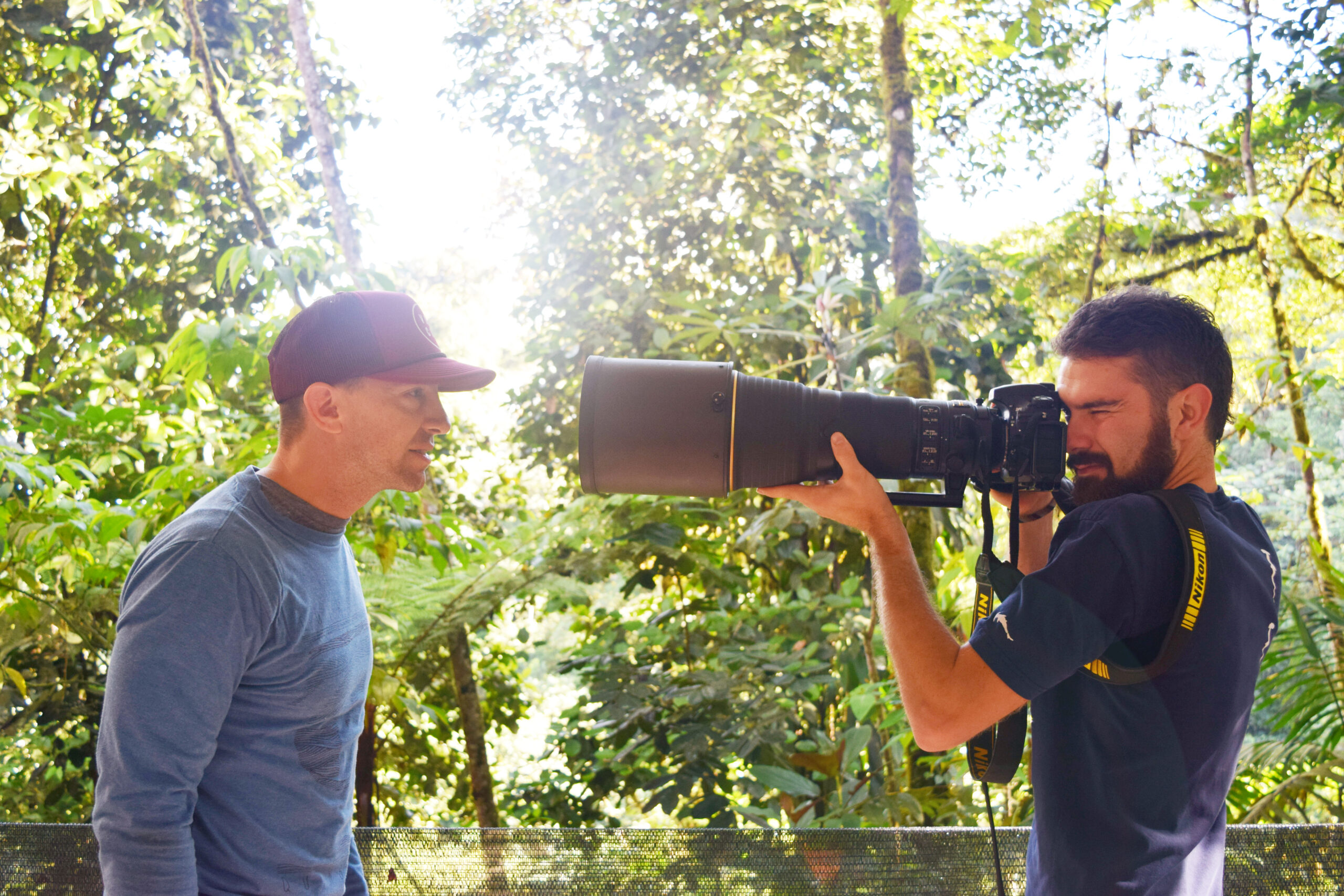
Our Camera Gear
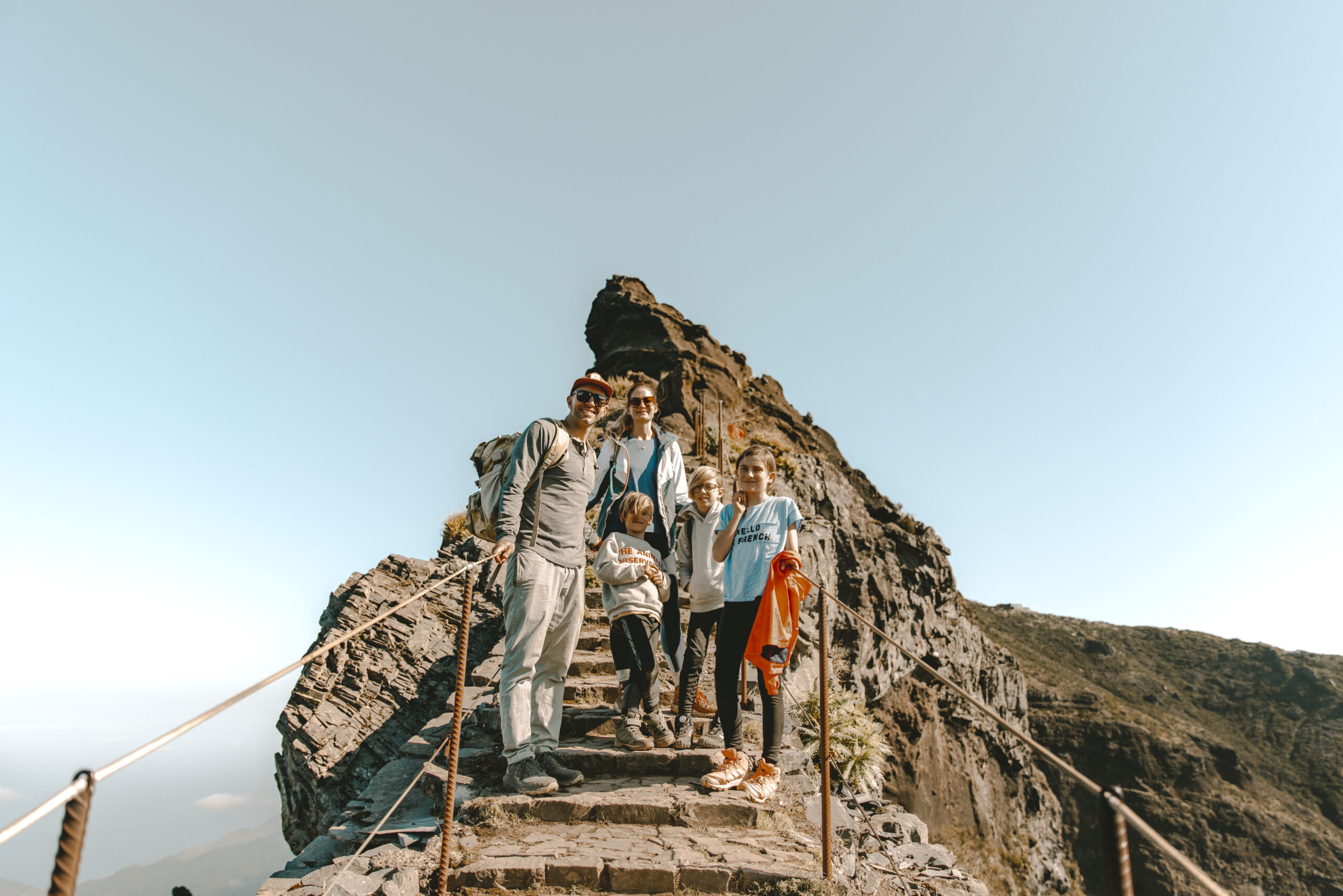
How We Fly
Choosing Your Destination
Top 5 Questions Travelers Ask About...
Vietnam
Your top questions answered.
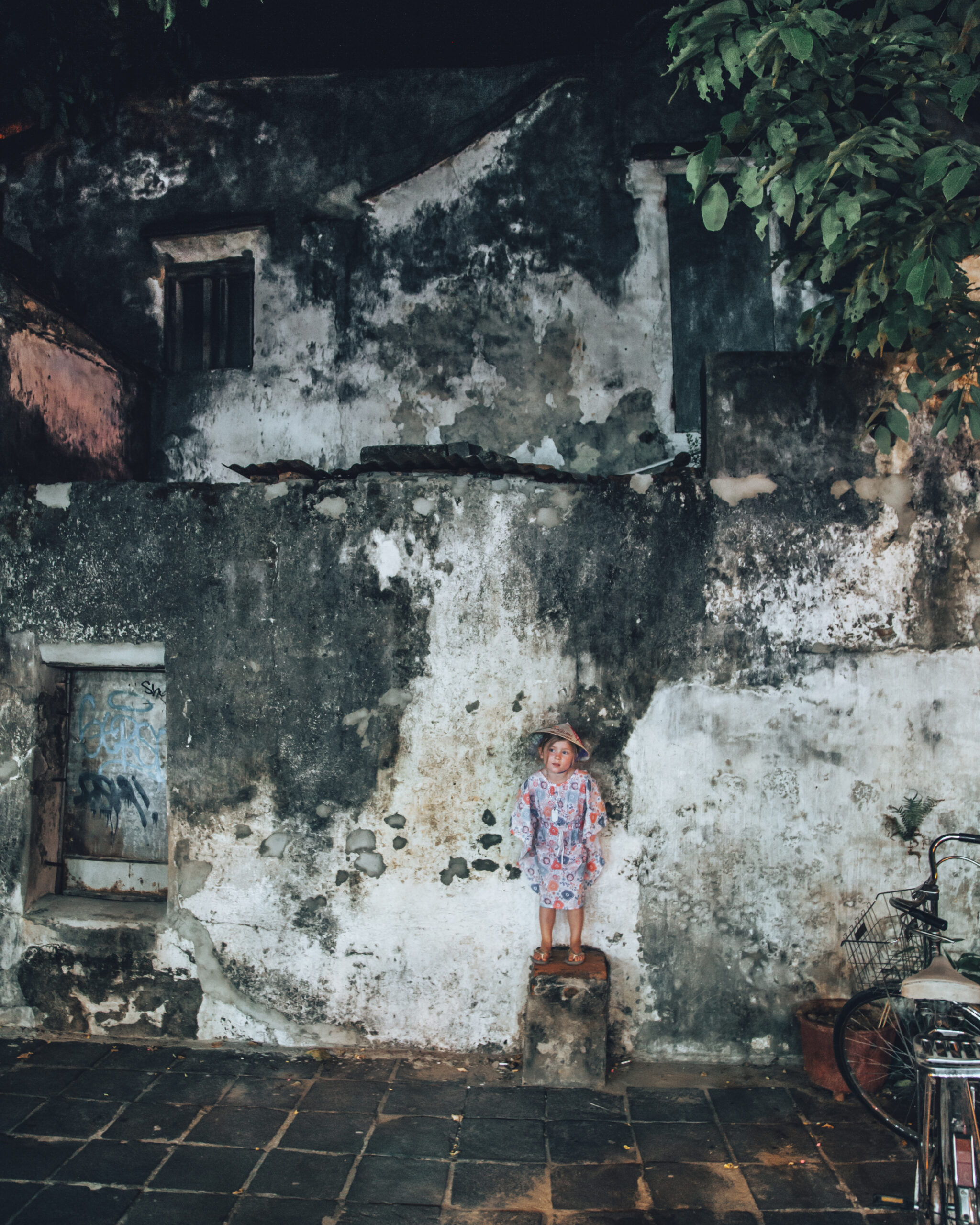
Are you planning a trip to Vietnam? You’re not alone! This beautiful Southeast Asian country has become an increasingly popular destination for travelers from around the world. As a travel blogger, I’ve noticed that certain questions come up time and time again when people are researching their Vietnamese adventure. To help you prepare for your trip, I’ve compiled the top 5 most searched questions about traveling in Vietnam.
1. Do I need a visa to travel to Vietnam?
This is by far the most common question travelers ask, and for good reason! The answer depends on your nationality and the length of your stay. Many countries, including the United States, Canada, and most European nations, require a visa to enter Vietnam. However, some countries have visa exemption agreements for stays up to 15 or 30 days.
This can be a bit daunting. A friend of our misspelled a name on the application and it put her back a day. And, personally, we were nervous about getting ours while waiting in the airport. The officals were not very pleasant and we were the last people from the plane to get ours, much to our relief.

2. What's the best time to visit Vietnam?
Northern Vietnam (including Hanoi and Halong Bay) is best visited from October to December when the weather is mild and dry. Central Vietnam (including Hoi An and Hue) is most pleasant from January to August. Southern Vietnam (including Ho Chi Minh City and the Mekong Delta) is great to visit year-round, but the dry season from December to April is particularly nice.
3. Is it safe to travel in Vietnam?
The biggest safety concerns for most travelers are related to traffic. Vietnamese cities, particularly Hanoi and Ho Chi Minh City, are known for their chaotic traffic with countless motorbikes zipping around. Be extra cautious when crossing streets and consider taking a guided tour if you’re not comfortable navigating on your own. I almost got plowed once. The key is to not walk too fast, not walk too slow, and be very predictable.
Oh, and beware of jellyfish.
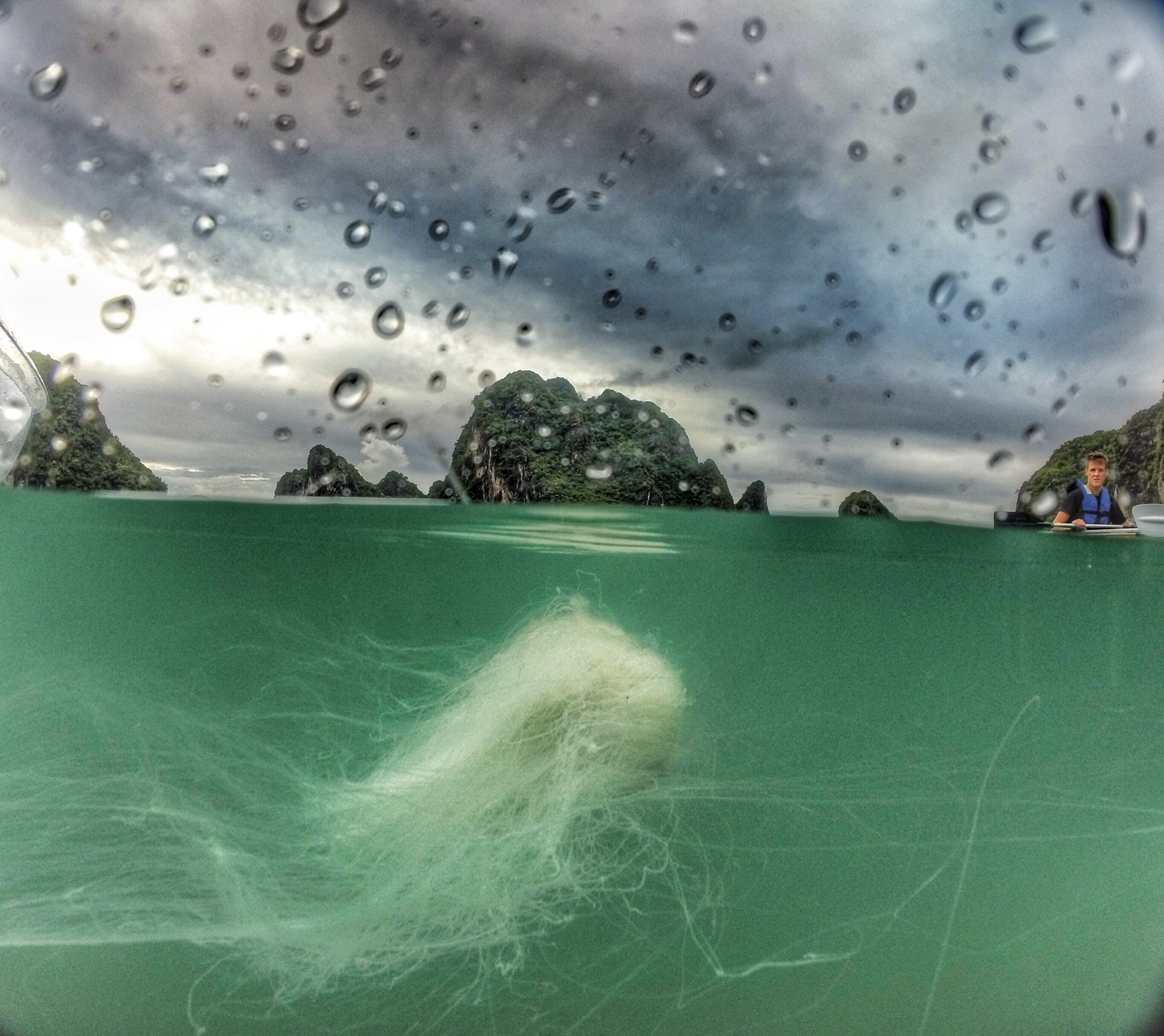
4. What are the must-visit places in Vietnam?
- Hanoi: The capital city and a personal favorite, known for its Old Quarter and rich history
- Halong Bay: A UNESCO World Heritage site famous for its limestone karsts and emerald waters
- Hoi An: A charming ancient town known for its well-preserved architecture and lantern-lit streets
- Ho Chi Minh City (Saigon): The largest city in Vietnam, offering a mix of history and modernity
- Sapa: A mountain town known for its terraced rice fields and ethnic minority villages
- Mekong Delta: A vast network of rivers and islands, perfect for boat tours and experiencing rural life
5. How much money do I need for a trip to Vietnam?
Vietnam is generally considered an affordable destination for travelers, but the amount you’ll need depends on your travel style and the length of your trip. Budget travelers can get by on as little as $20-30 per day, while mid-range travelers might spend $50-100 per day.
Transportation costs are also reasonable, with domestic flights between major cities costing around $30-50 one-way. Long-distance buses and trains are even cheaper options for budget travelers.
By addressing these top 5 questions, you’ll be well on your way to planning an amazing trip to Vietnam. Remember, every traveler’s experience is unique, so don’t be afraid to venture off the beaten path and create your own Vietnamese adventure!
